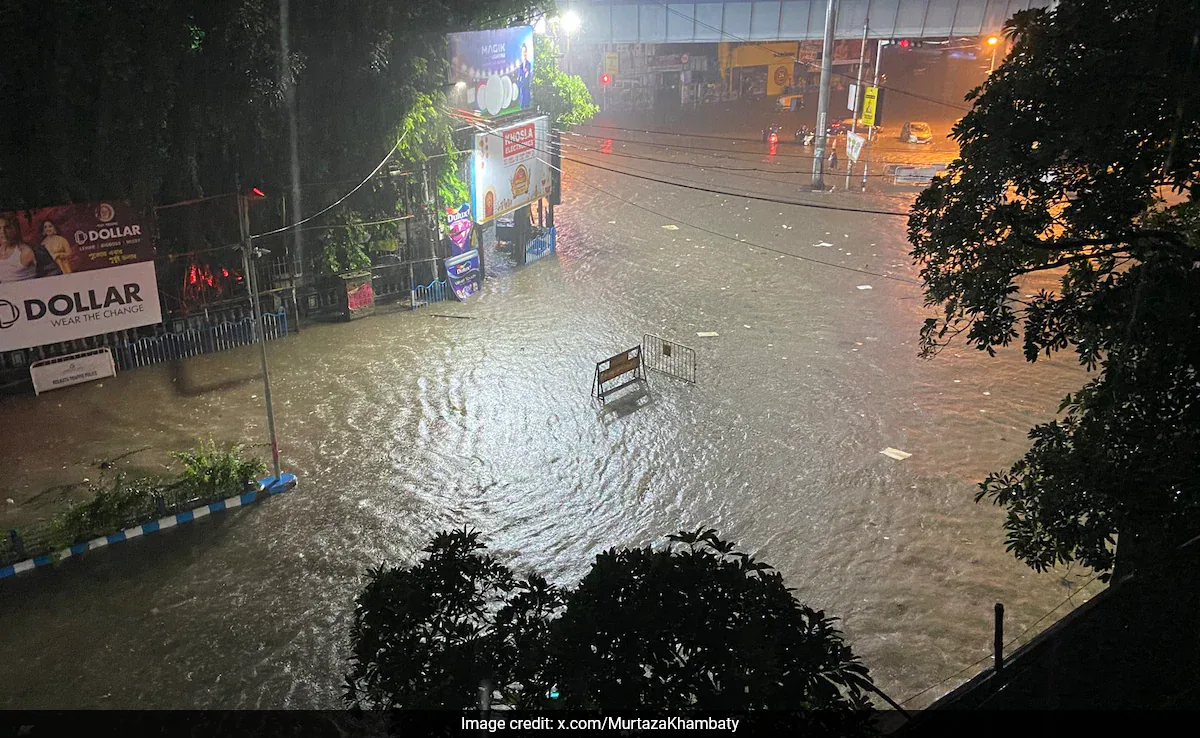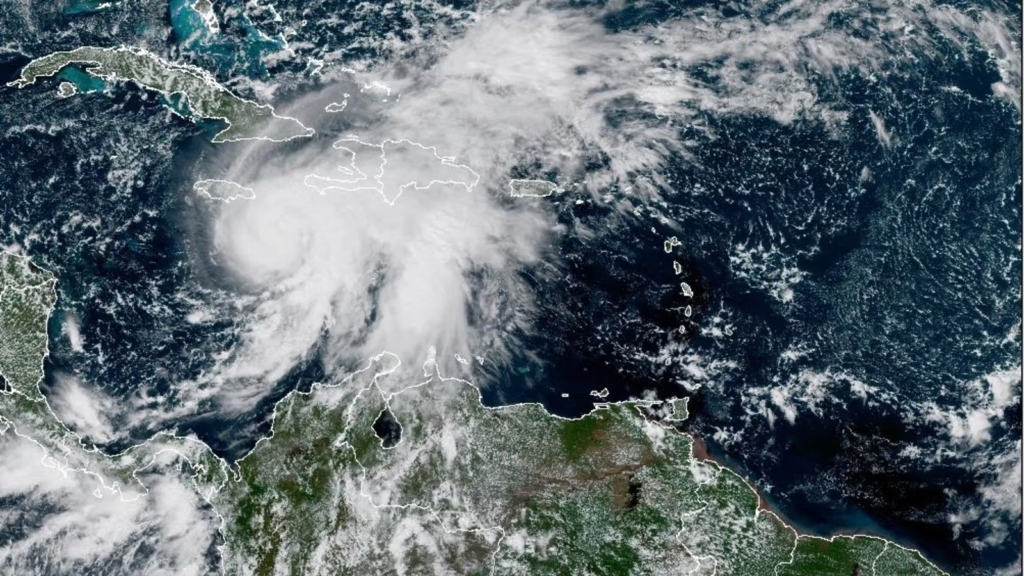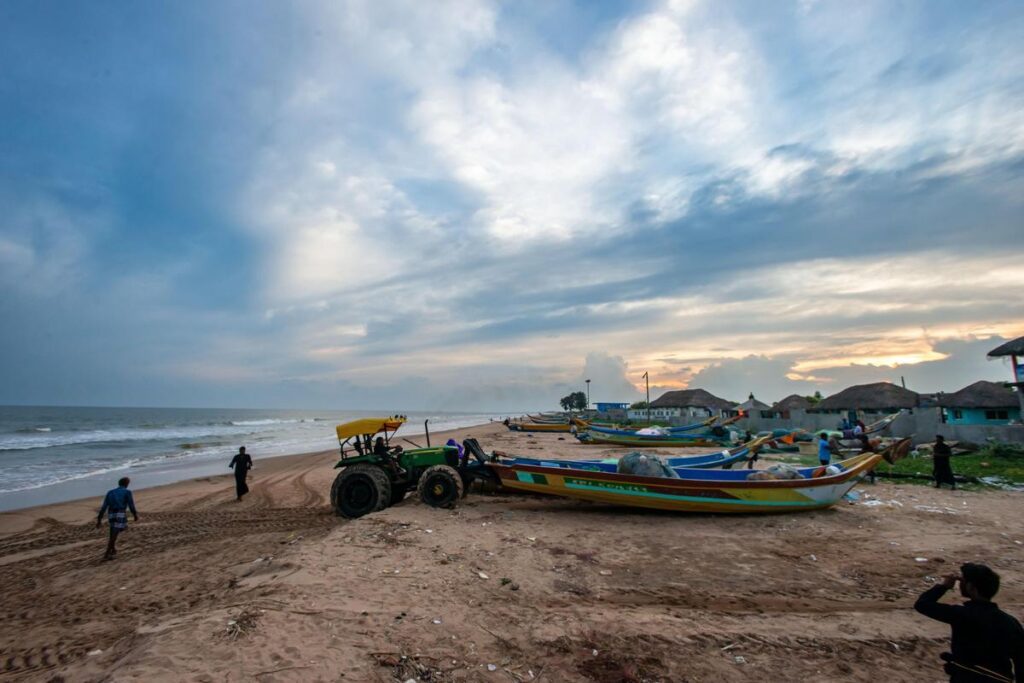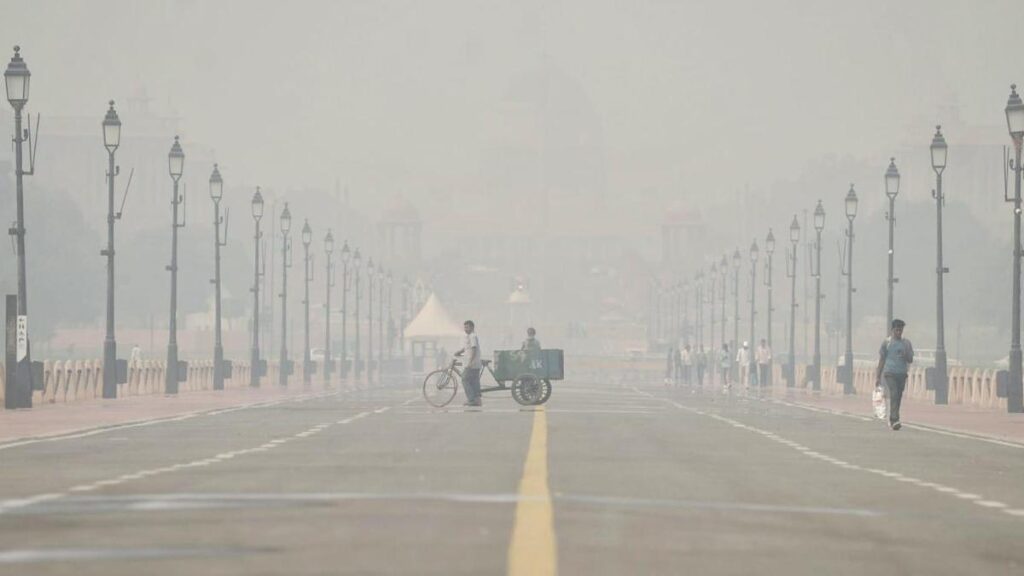Now Reading: Kolkata Wakes Up to Flooded Streets, Travel Chaos After Heavy Rain
-
01
Kolkata Wakes Up to Flooded Streets, Travel Chaos After Heavy Rain
Kolkata Wakes Up to Flooded Streets, Travel Chaos After Heavy Rain

Kolkata was hit by intense overnight rainfall that left many areas waterlogged, caused power outages and disrupted daily life. Schools closed, metro services suspended, and authorities warned of more rain to come. Airlines issued advisories urging passengers to plan ahead as travel—by air, road, and rail—took a hit. The city is now grappling with how to manage both damage and public safety.
Extent of the Disruption
Parts of southern and eastern Kolkata saw extreme rainfall—some areas received over 300 mm in just a few hours—leading to submerged roads, flooded houses, and major traffic snarls. Metro services were suspended between key stations due to safety reasons. Even basic utilities like electricity failed in many localities.
Impact on Transport & Travel
Air travel was affected as airlines alerted passengers about potential delays. Airports and access roads suffered from waterlogging and slow traffic. Commuters heading to and from metro stations found their journeys severely slowed or halted. Public transport was operating in a limited manner, and many opted to stay home.
Warnings & Official Response
The India Meteorological Department has issued alerts for continued heavy rainfall across south Bengal, including districts like South 24 Parganas and Bankura, and cautioned about more low-pressure systems developing. City authorities have asked people to avoid unnecessary travel, stay indoors if possible, and follow weather updates.
Challenges for Everyday Life
For residents of Kolkata, especially in older parts of the city, drainage systems failed under the deluge, letting water flood homes and disrupt livelihoods. Electric wires submerged in water led to electrocution incidents, with several deaths reported. Schools closing added to the strain on families who need to plan childcare and work.
Outlook & What Needs Attention
More rain is expected, so risk of further flooding remains. Infrastructure such as storm drains, roads, and power lines will be under pressure. The authorities must ensure rescue and relief services are ready, and communication to the public is clear. Urban planning issues, like drainage and solid waste blocking waterways, need renewed focus.
In conclusion, the recent rain in Kolkata exposed deep vulnerabilities—from infrastructure to disaster preparedness. For now, residents must deal with immediate disruptions. But what this really means is: long-term resilience must be a priority. Ensuring robust drainage, better warning systems, and cleaner infrastructure will be key to reducing damage when the next downpour comes.

























